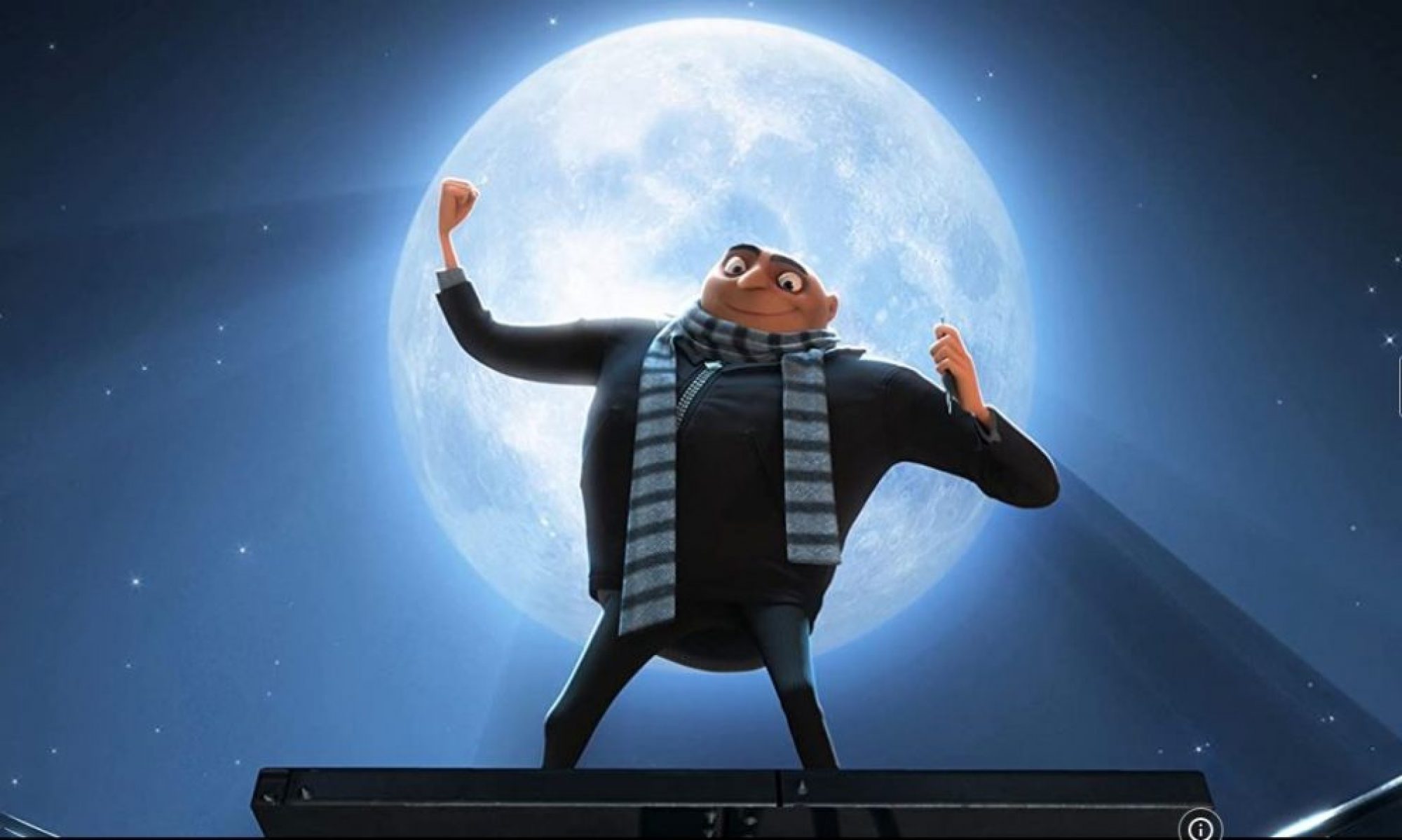This week I had 2 sessions with KK as the footage arrived and as it was delayed we needed to get moving on the lighting task.
Lighting
In the previous session KK asked me to make the nuke set up for the hdri we had found to get the high value and low value, I had an issue when finding the high value as the node has 2 outputs and on the viewer panel I wasn’t able to see anything. KK showed me a way to discover if there really was no information on that node, by hitting ctrl + mouse click on the viewer we can see if the values of the rgb channel change. They did change, so, the way to fix this was to change the outputs of the nodes and the problem was solved.
So the clamp node sets every value above one to one and the merge node (minus) is the hdri minus the clamp node info which will help us discover the location of the light source.
HDRI:

unchanged HDRI 
HDRI (f13)
Clamp node:

clamped (no changes on f value) 
clamped (f13)
Merge node (minus):

merge node unchanged 
merge node (f13)
As we can see the hdri contains all the info, while the clamp node clamps that info and the merge node is all about the light source and intensity.
Before exporting values, we tried to debug the skydome issue from the previous session and discovered that the path for the hdri was different and tried a few more renders with the spheres and another issue appeared: the floor was not showing up, so KK was going to look into it and let me know next session.
In the middle of the week, the footage came! I sent it to KK and we had a session on friday to see what needs to be done. The first step was to organize everything on nuke and separate the shots for the different light rigs that we need to make. Every shot we had access to was imported to nuke and in the end we got a small video with the videos referenced with labels and blacking out when finished.
We uploaded this to ftrack and KK asked me to find HDRI matching the light from the footage, prepare a maya folder with everything needed inside, to set up the spheres in a maya scene and to see if I was able to track a shot (that turned out to not be necessary for next session).
Matchmove
When the footage arrived, I set a meeting with KK and while I waited I began tracking a shot, which was challenging as the footage is a bit blurry as it moves too fast, but I think this is a good practice, I don’t believe the footage in industry is always perfect to track like the shots we began working on. Eventually I stopped working on matchmove and prioritised the lighting tasks as it is much more complex than I thought.
